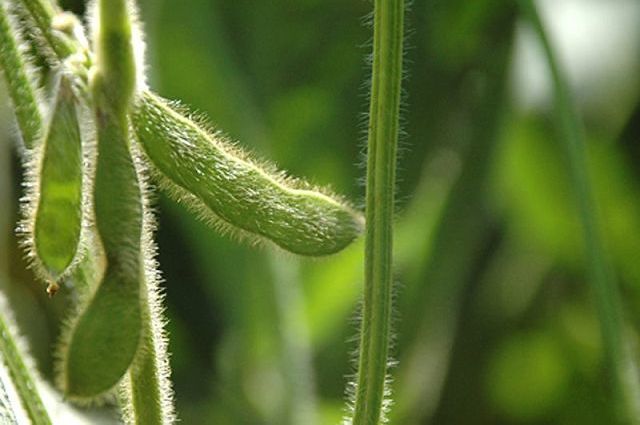Will this be a white mold year?
Soybean producers are thinking about white mold as the soybeans go into flower this season. Many fields in 2009 experienced one of the worst white mold outbreaks in a decade and many of those fields have now been planted back to soybeans.
This fungus, Sclerotinia sclerotiorum, survives as sclerotia in the soil – so the inoculum is present waiting for the perfect environment which occurred during 2009. Cool, moist conditions during flowering favor this disease.
During July 2009, where we had white mold develop on susceptible varieties: the minimum temperatures at South Charleston and Wooster were in the 50s with the average daily temperature in the 70s, and three to five inches of rain for the month of July. In addition, soybeans were thick and tall at flowering, with excellent canopy.
The historic white mold fields that would be most at-risk in 2011 are those that have good canopy closure and have had frequent rains through July and where night temperatures are dipping very low – 60s to 70s. Only a few fields in the state fit this description. However, the high temperatures predicted for the next few weeks will prevent any development of white mold. If any infections occurred prior to this, they will just sit there. In addition, any fungicide applications made will promote flare-ups of spider mites. High temperatures and poor root development will also limit recovery from herbicides that suppress white mold.

